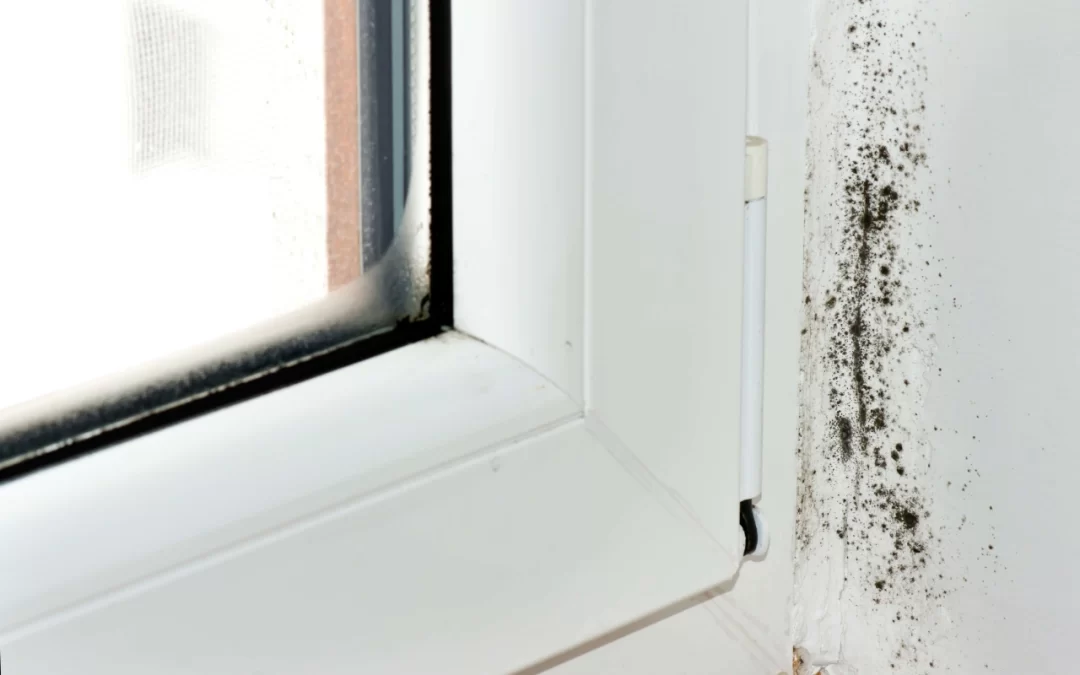Mold is a common problem that homeowners face, especially in high-humidity areas. Mold growth can contribute to health concerns and may cause structural damage to your home. Because of the dangers of mold in your living spaces, it’s important to identify and deal with mold early on. Here are five common signs of mold growth in your home and tips on combatting it.
Common Signs of Mold Growth
1. Visible Mold
The most obvious sign of mold is visible growth. Mold can form in different colors, including black, green, brown, and white. It may appear as spots, patches, or streaks on walls, ceilings, and floors, especially in damp areas like bathrooms, kitchens, and basements. If you see visible mold, remove it immediately before it spreads and causes damage.
2. Musty Odors are Signs of Mold Growth
Another sign of mold growth in a home is musty odors. Mold has a strong, earthy scent that you may notice in enclosed or damp spaces. If you detect musty or unpleasant odors in your home, mold may grow.
3. Water Damage Contribute to Mold Growth
As a homeowner, you might first notice brown or yellow water staining on the walls, ceilings, or floors. There may be visible damage, such as peeling or bubbling of paint or wallpaper. If your home has recently experienced flooding, roofing, or plumbing leaks, check the affected areas for mold growth, as it can develop within 24 to 48 hours after water damage.
4. Signs of Mold Growth: Allergy Symptoms
Mold can cause health issues for some people, especially those with allergies or weak immune systems. Some common symptoms of mold allergies include respiratory problems like breathing difficulties, wheezing, and coughing. If you or your family are experiencing these symptoms, checking your home for mold growth is essential, especially if you experience relief when leaving the house. The culprit could be an allergen, like mold, in your living space.
5. High Humidity
Moisture in your indoor air contributes to a perfect environment for mold growth. Use a hygrometer to monitor humidity levels in your home. Ideally, the humidity should be between 30% and 60%. If you notice high humidity, take steps to reduce it, such as ventilating the affected areas and using a dehumidifier. Failing to do so may provide mold with ideal conditions to thrive.
Mold growth is unsightly, may cause property damage, and poses a severe risk to your health and well-being. Take preventative measures to identify and remove mold to prevent further damage. Consult a professional mold mitigation service if you need help dealing with mold.
R. Sorensen Construction and Inspections offers professional home inspection services in Eastern Oregon. Contact us to schedule an appointment.

